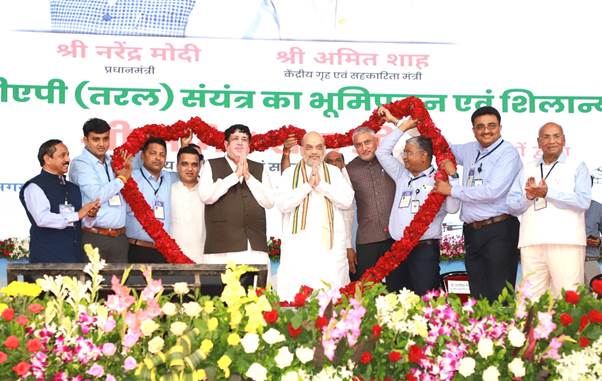Difference between the Old Pension Scheme vs New Pension Scheme
Difference between the Old Pension Scheme vs New Pension Scheme
Rajasthan and Chhattisgarh have announced the restoration of the old pension scheme (OPS) for government employees for the fiscal year 2022-2023. The traditional pension program ensures a steady income after retirement. When Atal Bihar Vajpayee was theprime minister in December 2003, the Bharatiya Janata Party-led government abolished the OPS.
The National Pension System (NPS) took effect on April 1, 2004,in its place.
Let’s look at the NPS structure to see how it’s different from the old pension scheme (OPS).
What is NPS?
NPS is a two-tier contribution-based investment vehicle in which a person has entire authority to decide where to invest his or her money.
There are four types of investments available: equity, corporate debt, government bonds, and alternative investment funds. There are two types of investment available to you: active choice and auto choice. You can pick your combination of investing alternatives under active choice, with a maximum of 75% in equities up to the age of 50. Also, the contribution to alternative investment cannot exceed 5 percent. Under auto choice, the allocation is made as per the investor’s age automatically by NPS.
The savings are pooled into one pension fund which is invested by professional fund managers regulated by the Pension Fund Regulatory & Development Authority (PFRDA), as per the approved investment guidelines.
NPS accounts are divided into two categories: Tier I and Tier II. While Tier I of NPS does not allow for prematurewithdrawal, Tier II allows for withdrawals before maturity.
For both accounts, the minimum yearly contribution for each individual is Rs.1000.
Residents and non-resident Indians between the age group of 18 – 60 years (as on the date of submission of NPS application) can invest.
NPS also provides tax benefits. Section 80C of the Income-tax Act of 1961 allows you to claim a tax deduction of up to Rs.1.5 lakh. For investments under 80CCD (1b), an additional deduction of Rs.50000 is available.
Once NPS matures at the age of 60 years,you can withdraw 60% of the income as a lump sum. This sum was taxable earlier but is now tax-free. The remaining 40% must be invested in annuities approved by the PFRDA. In the hands of the investors, the income from these annuity instruments is fully taxable.
NPS vs. OPS
The main difference between OPS and NPS is that NPS invests employees’ contributions in market securities such as equities throughout the course of their employment. “As a result, the NPS delivers market-linked returns without the assurance of returns that the OPS provides by basing the monthly pension on the employee’s previous salary drawn.
On retirement, NPS offers a pension fund that is 60% tax-free on redemption, but the rest must be invested in an annuity, which is fully taxable. Income from OPS is not taxed. Lastly, OPS may require governments to revisit their fiscal priorities while NPS was meant to ease that very requirement,” says Adhil Shetty, CEO, Bankbazaar.com.
Under OPS, there is a monthly payment, which is equal to fifty percent of the last drawn salary.


INDIANNAVYPARTICIPATESINBILATERALNAVALMARITIMEPARTNERSHIPEXERCISEWITHUAENAVYQ0L1.jpeg)






